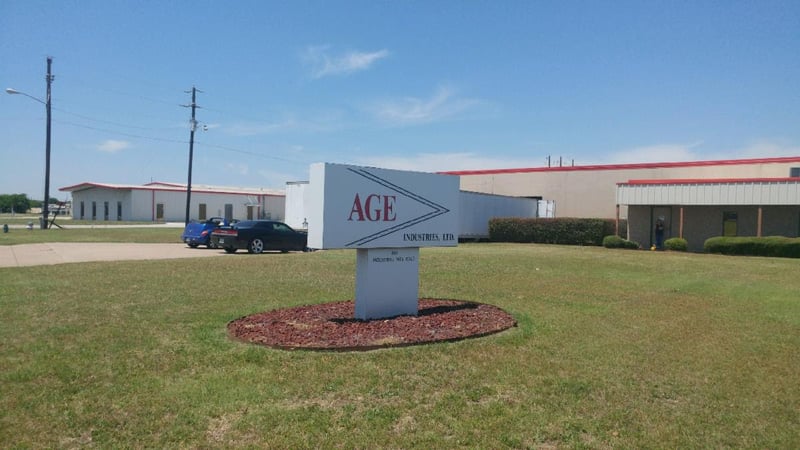
Rethinking Supply Chain Management
The supply chain crisis continues to place enormous strains on business. Global trade has been knocked out of balance. COVID-19 outbreaks continue to plague us all. COVID outbreaks in China closed two of the world’s busiest container ports. A marooned ship blocked traffic through the Suez Canal. And more than 100 ships were idled for weeks off the ports of Los Angeles and Long Beach, waiting for trucks to arrive to clear the backlog of containers stacked on shore.
The pandemic has caused both dramatic drops in segments of the market and seemingly controlled surges in others. Raw material supply shortages, transportation bottlenecks, finished goods shortages, as well as inventory placement challenges, have adversely affected our markets. These supply chain problems are compounded by labor shortages.
The effect on consumers has been widespread. The general public is now experiencing supply chain disruption as households are having shortages, from the scarcity of PPE and toilet paper in 2020 to empty store shelves during the 2021 holiday shopping season.
For businesses, especially manufacturers, the supply chain disruptions have had severe operational and financial consequences. When raw materials and packaging are not available when needed, production is slowed or halted, and sales are lost. At times this means customers are lost as they move on to competitors or find other solutions to overcome their unique shortage issues.
Lean Inventory Management Put to the Test
The supply chain disruptions have tested the Lean manufacturing practices, put in place to minimize “waste” of raw material and lower inventory. The Lean Six Sigma management philosophy urges against excess materials sitting around, taking up space because they are a drain on financial resources and additional inventory requires added resources to manage.
Just-in-Time (JIT) inventory management programs, exemplified by the Toyota Production System (TPS), require suppliers to support production and shipping schedules between consumers and manufacturers with as little inventory as possible. The goal is to have just enough with zero excess or cushion. The model performs well to reduce costs when the supply chain is stable and predictable – but in this environment, is the cause of most shortages.
Experts in Inventory Management
AGE Industries is a leader in the packaging industry in forming true partnerships with our customers. Only through effective communications with our business partners can we achieve the service levels we have by carrying the correct levels of inventory. We have built our entire business around supplying our customers with their packaging needs on a JIT basis through a fantastic group of customer service representatives (CSRs) assisted by an operating system specifically tailored to manage our business.
For many of our customers, we provide a Vendor-Managed Inventory (VMI) service where we take on the responsibility for optimizing the inventory held by the distributor, based upon our extensive experience in JIT, Kanban, forecasting, and other supply chain management methods.
AGE does have other customers that do not require us to hold inventory. For these customers, we place orders called “run and ship.” Even though these customers manage their own inventories, our AGE customer service group communicates the ever-changing raw material lead times to ensure our customers get their orders placed with enough time to meet their own internal demand.
These methods worked extremely well for the mutual benefit of our company, our vendors, and the customers that we have partnered with for decades.
Impact of the Supply Chain Crisis
Then came the pandemic.
AGE started operations in 1974 and until the pandemic hit, raw material lead time had been roughly 24 hours. Today our lead time fluctuates from 2 to 4 weeks on normal material grades and up to 16 weeks for specialty items.
Fortunately, the impact of the supply chain disruptions on our business and on our customers was relatively limited, due to our relationship with our vendors and the strategies we used to respond to the initial supply chain disruption. Once again, having good people on your team who care, clear communications with our customers, and proper production planning and inventory management is the key.
Communication and Visibility
First and foremost, our customer service team genuinely cares about our customers. This is the foundation for better communications. AGE teaches its CSRs how to properly interpret usage to prevent supply issues by not only reviewing the production process, but taking into account raw material availability, usage history, and production backlog. AGE does so in an effort to build a dynamic inventory management system in place of the normal min/max that most of our competitors use today. Through this process, AGE has been able to maintain constant supply in the current environment.
Speed our Manufacturing Throughput
To increase throughput, AGE had to adapt to pandemic-related labor shortages and improved automation, moving away from labor-intensive equipment and moving to automated equipment allowing more products to be finished in a single pass.
We also reorganized the flow between our five production facilities to maximize manufacturing efficiency and to best utilize limited labor resources. This shift is from a previous model that gave priority to being as close as possible to the customer. The result has increased our shipping costs but will pay dividends in the future through long-term relationships built on trust.
In the years ahead, we look forward to helping our business partners who rely on our services. I believe AGE has a strong future because of its people and ability to adapt to any market. COVID is a testament to our people, plans, and processes. We also believe that COVID is only the first of many tests to come. If you are not with a supplier that cares about your wellbeing and has the foresight to understand your business as well as theirs, then problems will ensue.
About the Author:
Bill Allen, Chief Operating Officer at AGE Industries, LTD.









